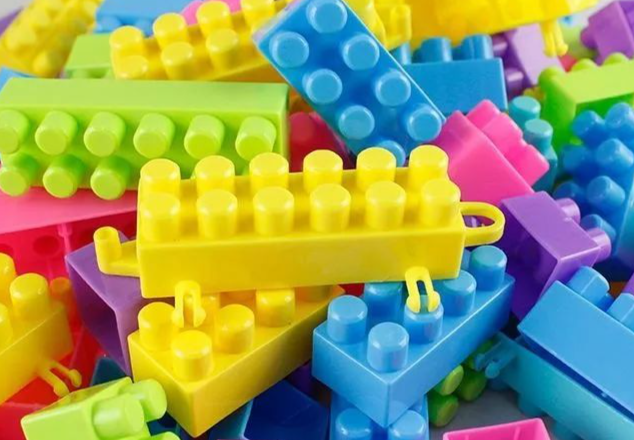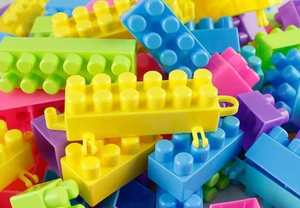
Plastic Toy Complete Inspection Specification Process - Inspection, Factory Audit and Certification Services
Children's toys, as a common category of goods for inspection, cover various types such as plastic, plush, and electronic. Due to the sensitivity of the children's group, any quality defects may cause serious harm. Therefore, inspectors must strictly control the inspection process to ensure that the products meet safety certifications and factory inspection standards. This article will systematically introduce the inspection process, inspection points, and key test items for plastic toys, providing a complete inspection and factory inspection guide for enterprises.
I. Sampling Inspection Process
Sampling is the fundamental step in the inspection process and must follow scientific sampling principles to ensure that the samples are representative:
Number of sampling boxes:
First Inspection (FRI): Take the square root of the total number of boxes
Re-work inspection (RE-FRI): Square root of the total number of boxes × 2
Sampling principle: Random sampling. The inspectors must operate or supervise the entire process personally. Each factory inspection should adopt a different sampling method to avoid predictability.
II. Packaging and Label Inspection
1. Verification of Labels on Outer and Inner Boxes
The labels on the outer and inner boxes are crucial for the circulation and distribution of the products, and are also mandatory items to be recorded in the inspection report. Key points to check include:
Are the fragile warning signs and transportation labels complete and clear?
If it is found that the label does not conform to the customer's requirements, it must be clearly recorded in the inspection report.
2. Inspection of Packaging Ratio and Structure
Verify whether the outer box, inner box and product packaging comply with the packaging requirements specified by the customer.
Check whether the packaging materials are sturdy and suitable for transportation and display.
III. Product Consistency Verification
During the inspection process, it is necessary to strictly compare the physical products, confirm the samples and the customer's technical documents, and ensure that the following contents are consistent:
Do the actual functions and accessories of the plastic toys match the color pictures on the packaging and the instructions?
Are the labels inside the battery box and the instructions for use correct?
Are the certification marks such as CE, WEEE, and age classification complete and correct?
Bar code readability and accuracy
Are the basic information such as the importer's address and place of origin complete?
IV. Appearance Inspection and On-site Testing
A. Key Points of Appearance Inspection
1. Inspection of Retail Packaging
Free from dirt, damage and moisture
All necessary information is included without omission: barcode, CE mark, instruction manual, importer's address, place of origin
If the circumference of the packaging plastic bag is ≥ 380mm, it must be punctured and accompanied by a warning message.
The color box is firmly bonded, and the plastic film is free from any damage, wrinkles or indentations.
2. Inspection of the plastic toy body
No advantages, no disadvantages
Toys for children under the age of three must not contain small parts.
The instructions are complete and the printing is clear.
Warning signs and decorative stickers are all included without omission.
No odor, no insects or mold stains
No missing parts, no deformation, no damage, no scratches, no dents
The oil injection and injection molding processes were free from any defects, such as color spots, bubbles, or burrs.
Function is normal, display is stable.
B. On-site Performance and Safety Testing
To meet the requirements of the factory inspection certification, the following testing items need to be carried out:
Assembly and functional testing: Carried out exactly in accordance with the instructions and the description on the packaging box.
Size and weight verification: Ensure consistency between the material and the design
Print adhesion test: Use 3M tape to test the firmness of the printed and screen-printed surfaces.
ISTA Drop Box Test: Three sides and six surfaces, simulating transportation conditions
Product drop test: Evaluation of structural strength
Tensile test: For toys for children under 3 years old, to prevent small parts from falling off
Battery-related tests:
Voltage measurement
Battery compatibility check
Reverse testing
After assembly, drop it gently (by 3 inches) to test the stability of the function.
C. Additional tests for remote control toys
If it is a remote control toy car, in addition to the above items, the following tests are also required:
Remote control distance, linear control and frequency testing
Verification of Speed and Turning Angle
If a high-voltage fire bull is included, it is necessary to conduct pressure resistance tests, combustion tests and power cord tension tests.
If a rechargeable battery is included, a charging performance test must be conducted.
All pre-installed fuses and plugs must comply with the certification standards of the importing country.
V. Summary of Inspection and Certification
The inspection process for plastic toys covers all aspects from sampling, packaging inspection to functional and safety tests. Each step directly affects the market access of the products and the safety for children's use. The strict inspection and factory certification standards not only help enterprises obtain international quality certifications but also are crucial measures for fulfilling social responsibilities and safeguarding consumers' rights and interests.
分享这个商品

Plastic Toy Complete Inspection Specification Process - Inspection, Fa
Children's toys, as a common category of goods for inspection, cover various types such as plastic, plush, and electronic.
